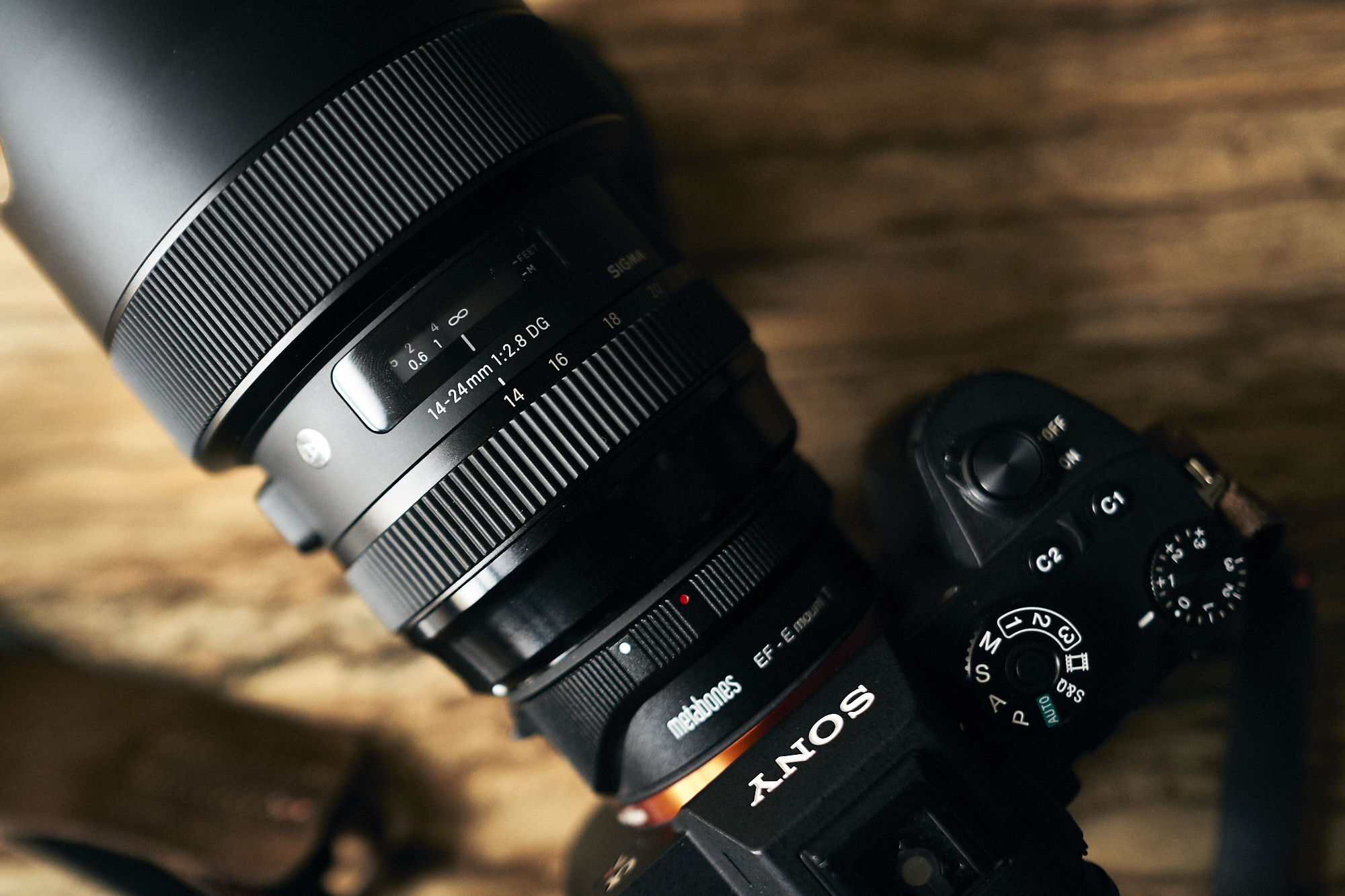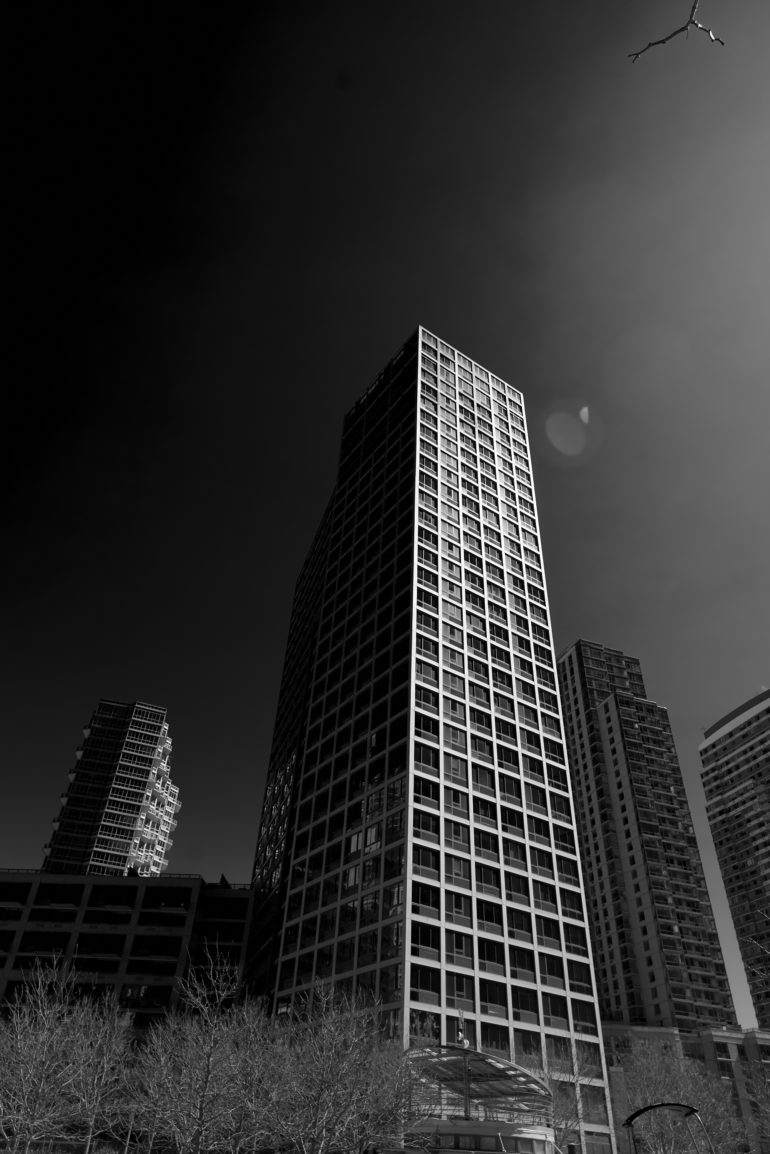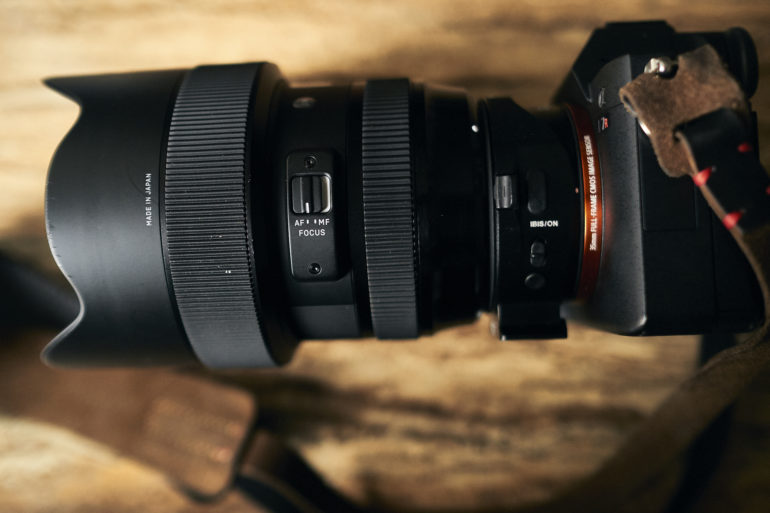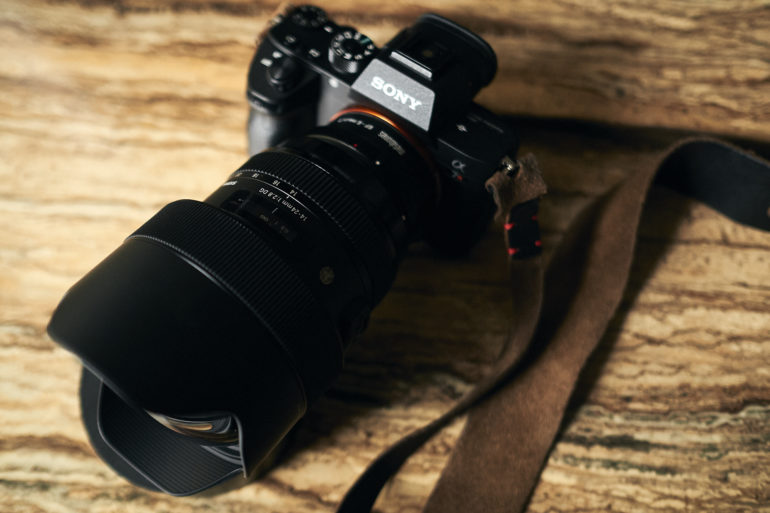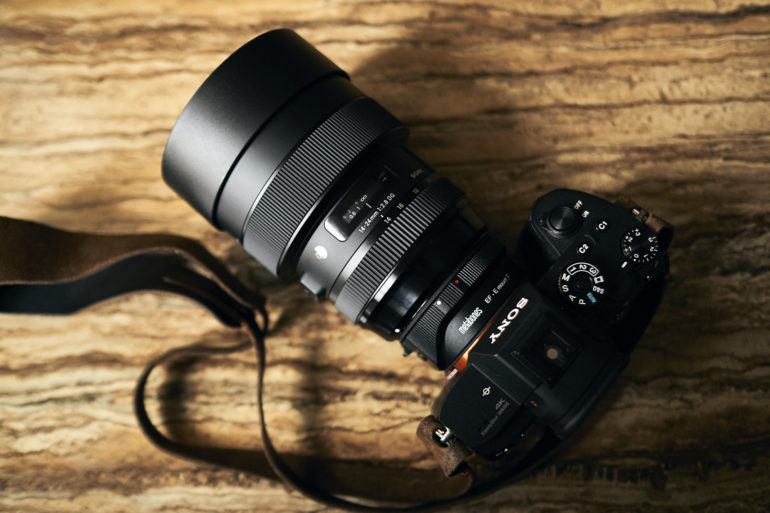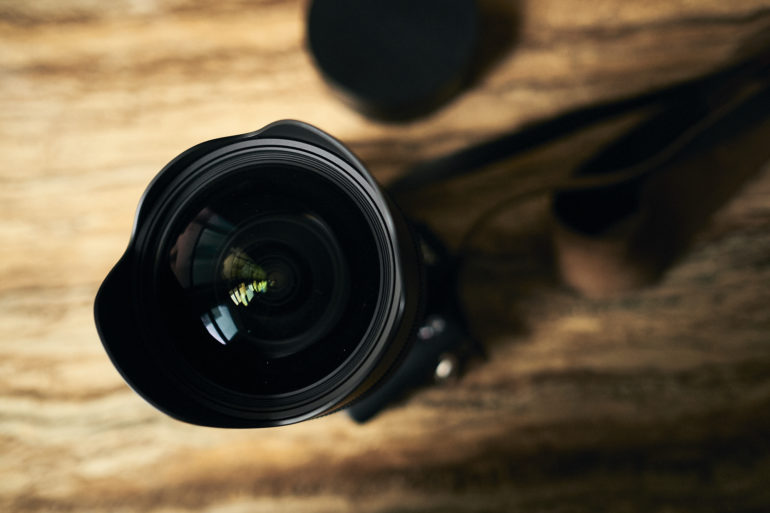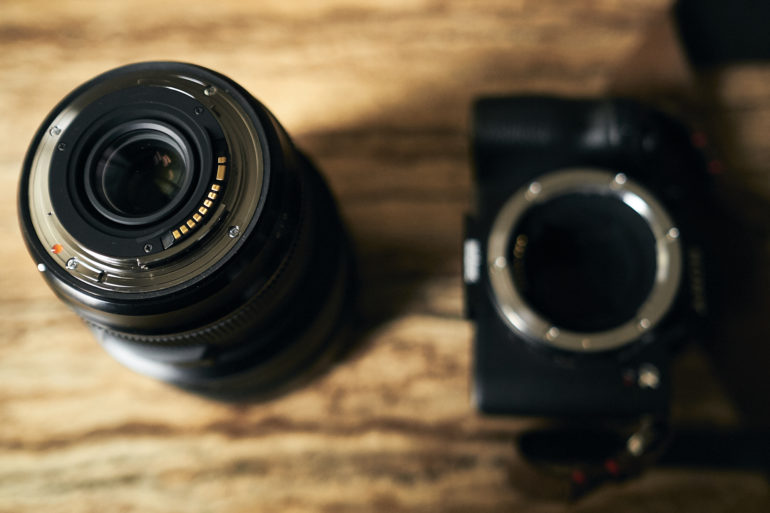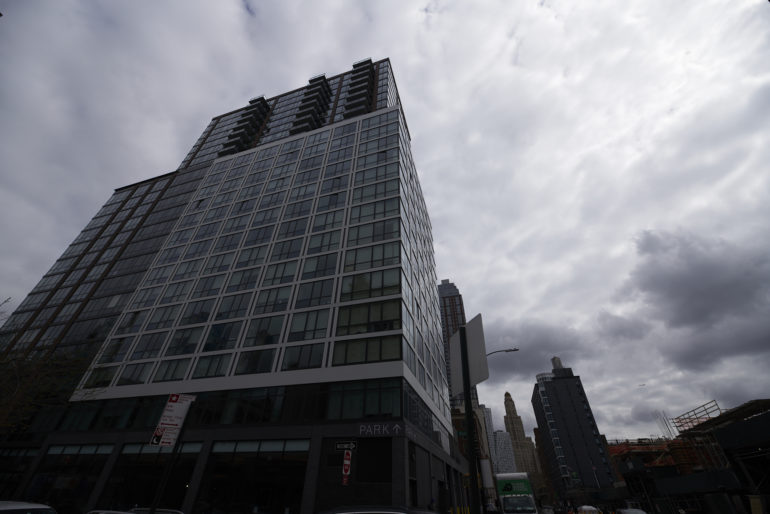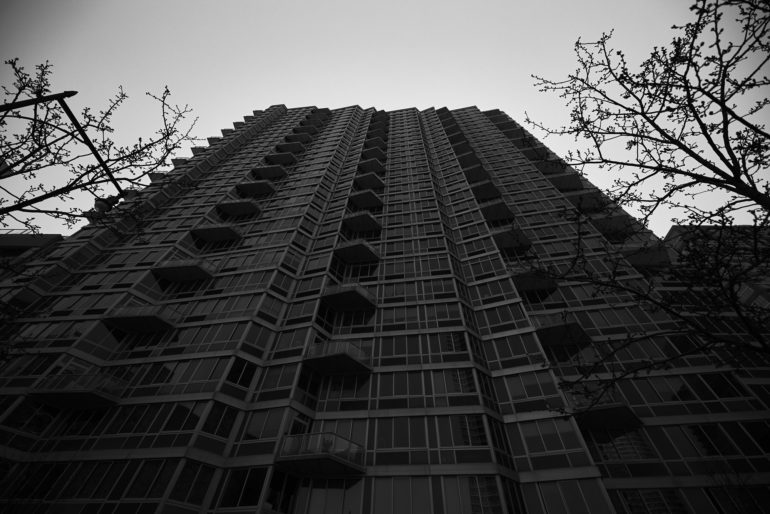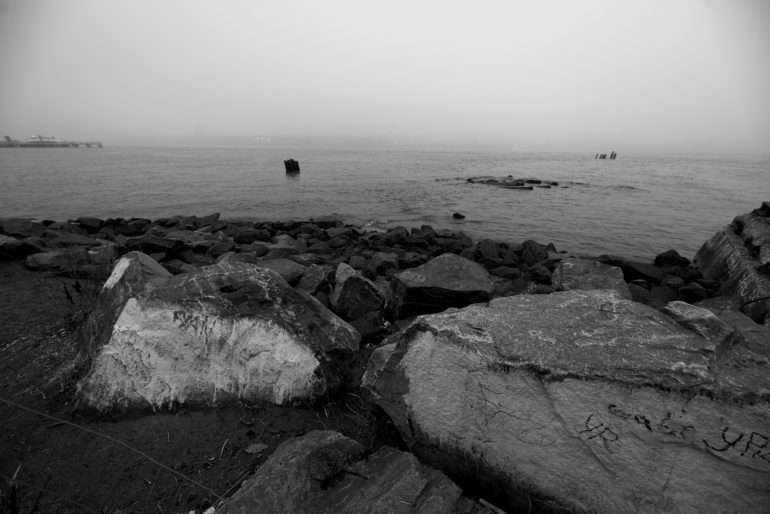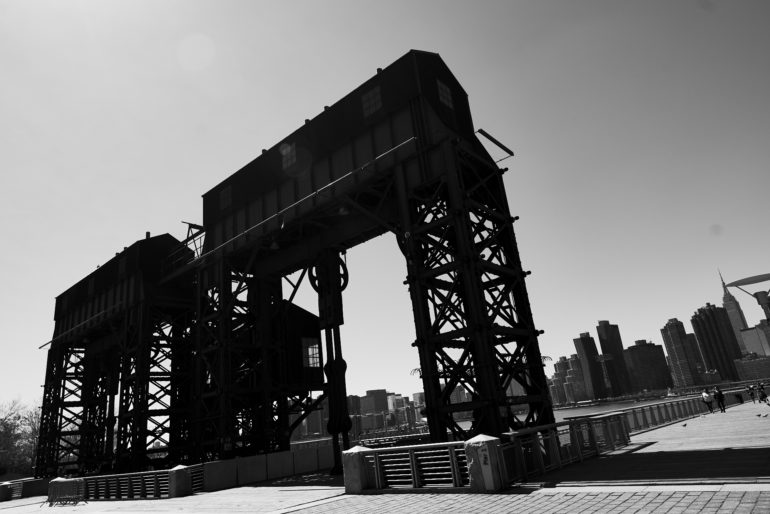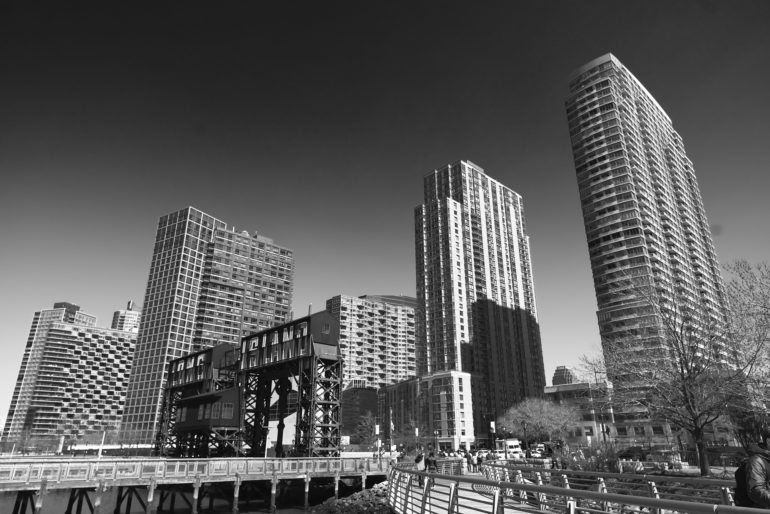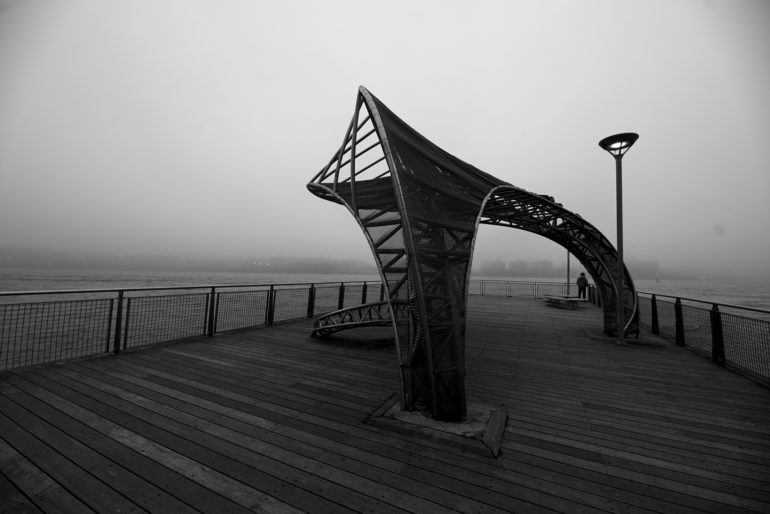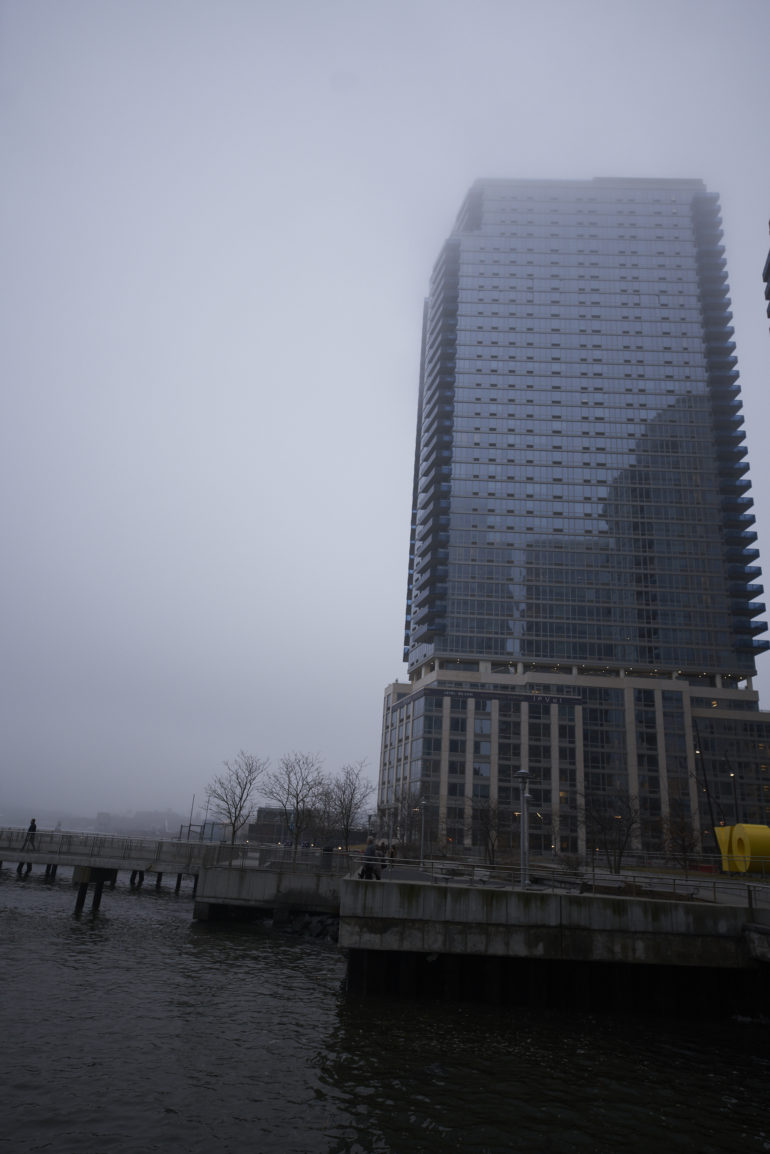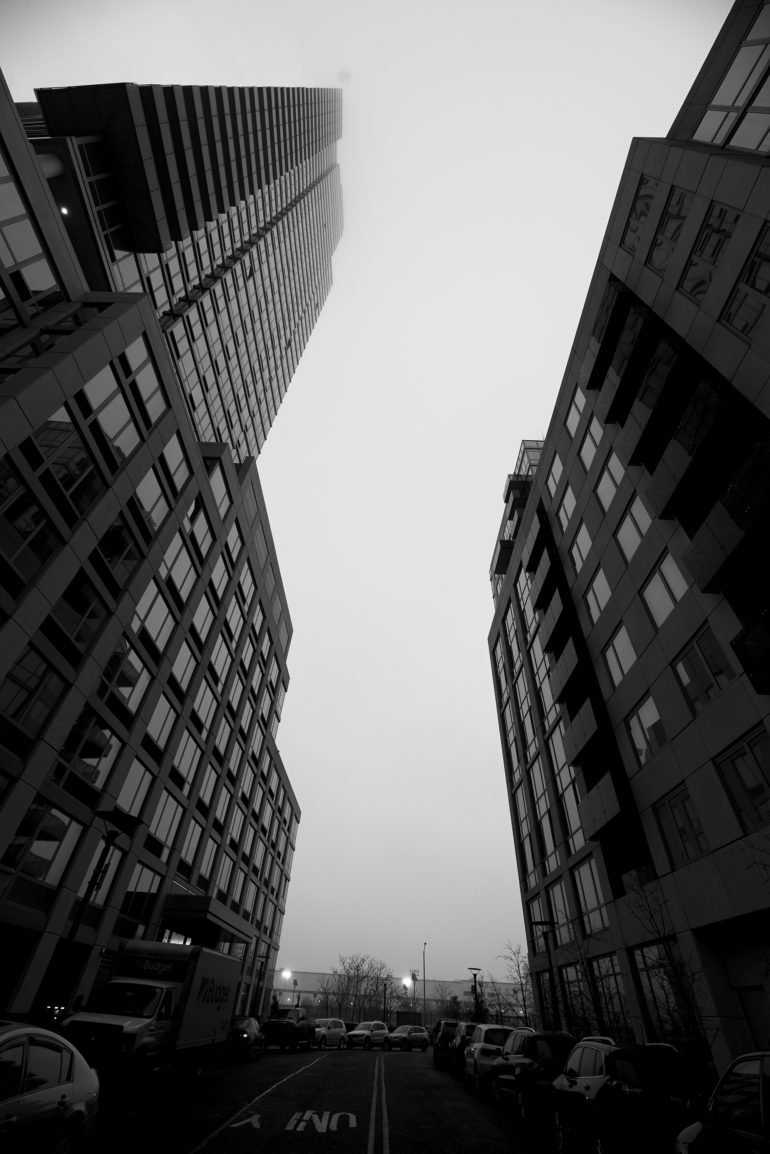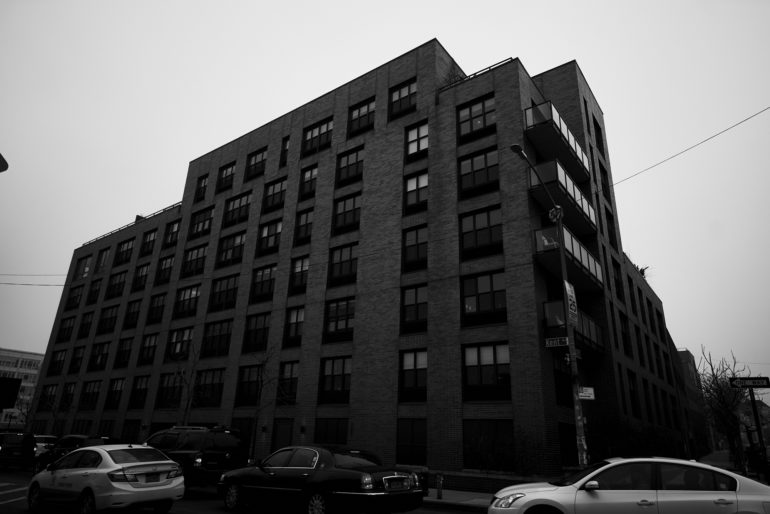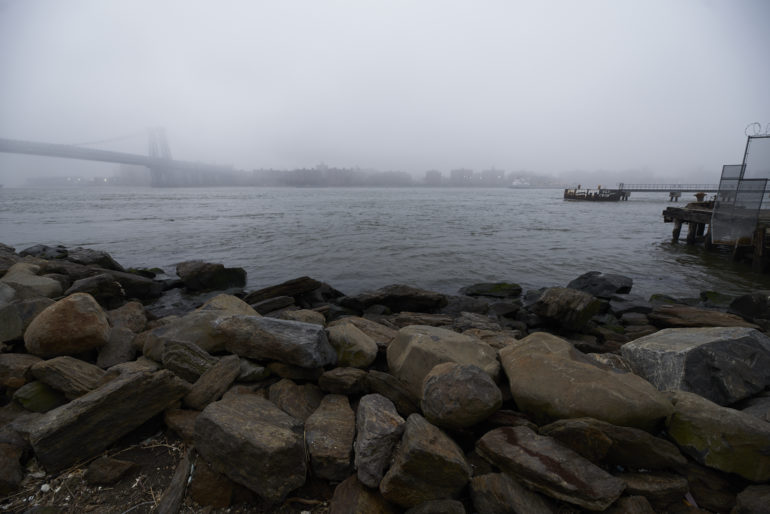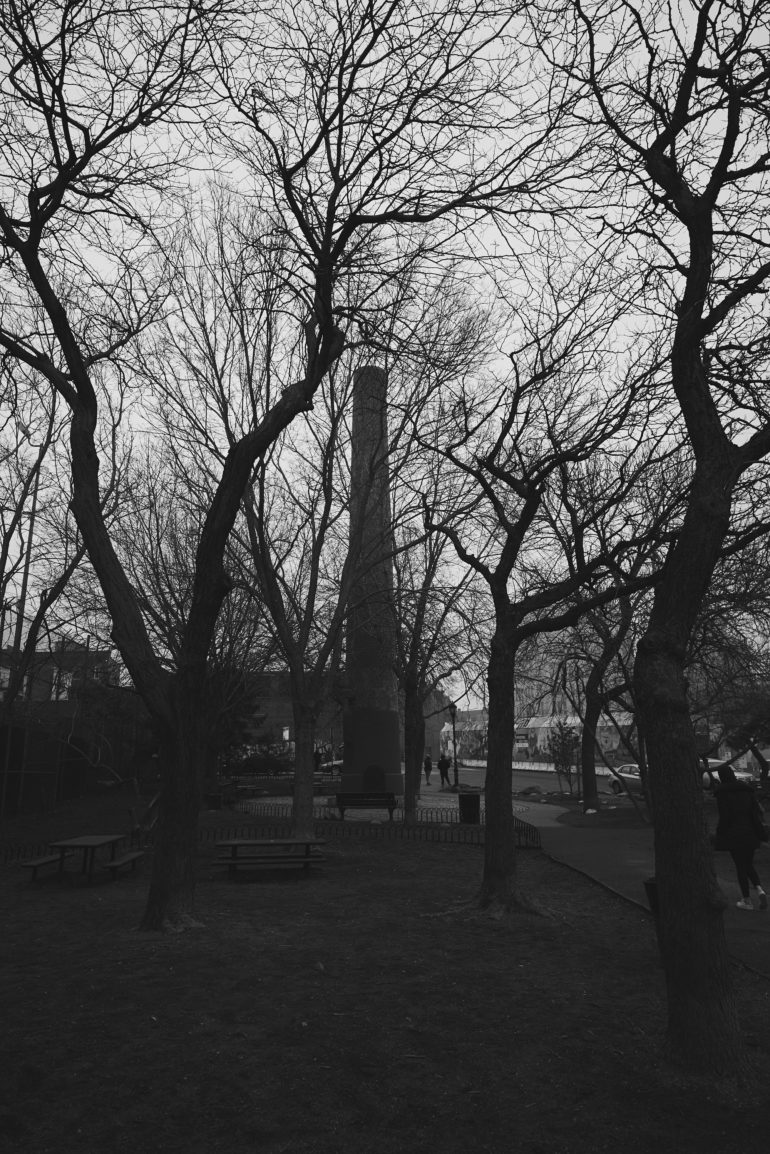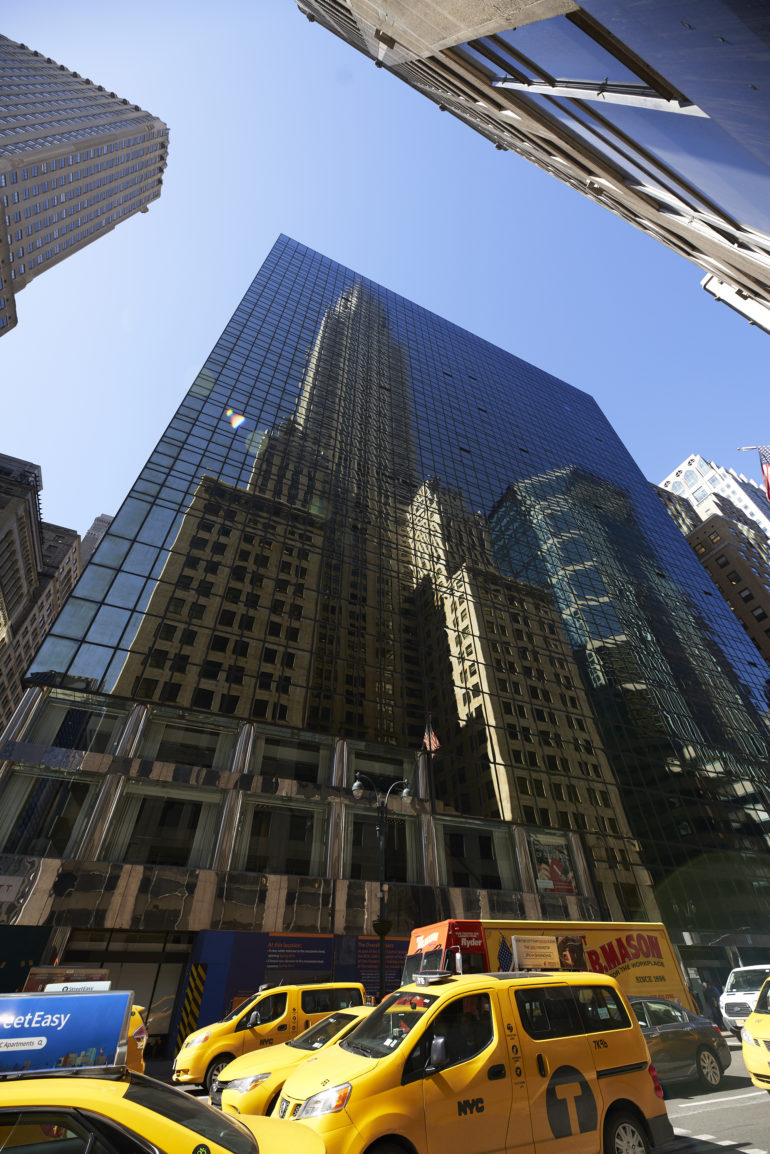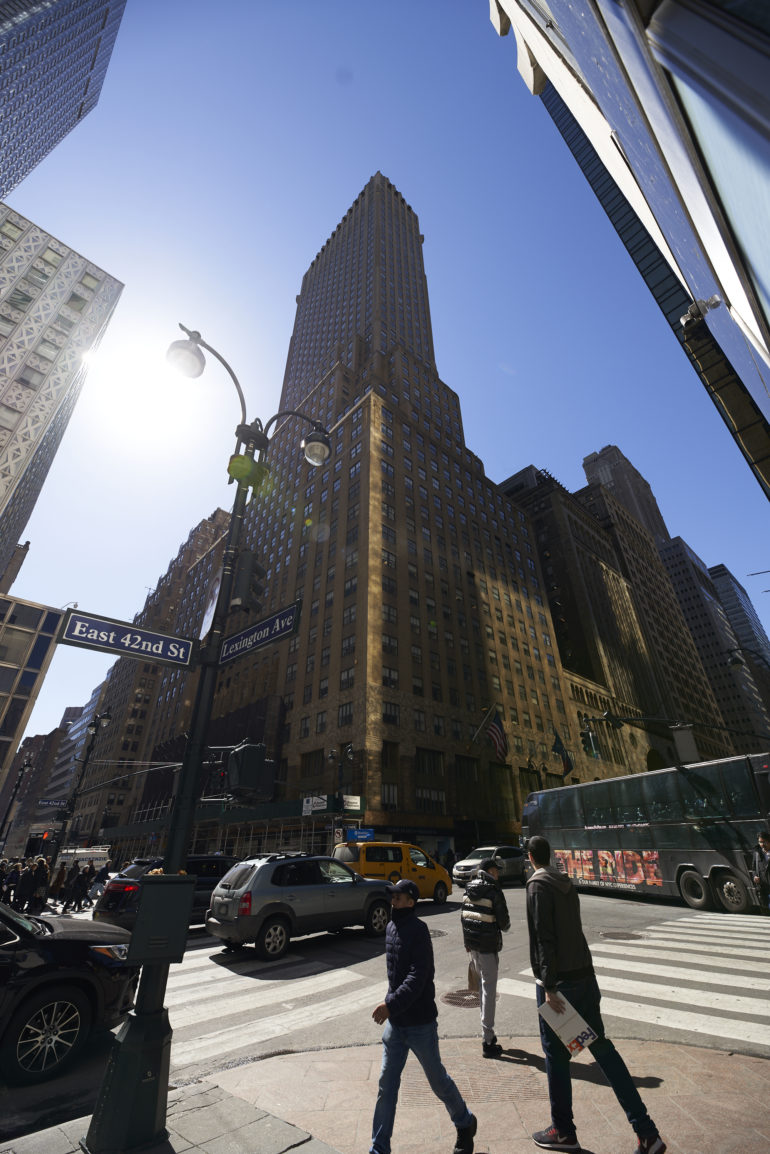Last Updated on 04/05/2018 by Mark Beckenbach
The Sigma 14-24mm f2.8 Art DG is no exception to the company’s lineup of excellent optics
When the Sigma 14-24mm f2.8 Art DG came in for review, I saw the review going something like this, “It’s great. Get it.” That’s not me being biased: Sigma’s Art lineup of lenses have consistently been stellar and there isn’t a whole lot of argument about that. With the Sigma 14-24mm f2.8 Art DG you’re getting the same great Sigma optics you always get in addition to weather resistance. The fact that they took the route of tackling a 14-24mm f2.8 optic instead of a 16-35mm also means you’ve got even more range of coverage when you use their lenses. Of course, not every photographer will really need something like this: 14-24mm is typically used by architecture, environmental, landscape, and photojournalistic photographers. Not many folks need to go beyond 24mm and many even think it to be too wide.
But one thing is for sure, the Sigma 14-24mm f2.8 Art DG is a fantastic lens.
Pros and Cons
Pros
- Weather sealing
- Solid overall image quality
- Autofocus works pretty damned well
- Versatile range
- Price is right
Cons
- I wish that it had lens flare, that would be epic!
Gear Used
The Sigma 14-24mm f2.8 Art DG was used with a Metabones adapter on the Sony a7r III.
Tech Specs
These specs were taken directly from the Sigma website and their mini-page for the 14-24mm F2.8 Art.
| Lens Construction | 17 Elements in 11 Groups | ||||||
| Angle of View | 114.2°-84.1° | ||||||
| Number of Diaphragm Blades | 9 (rounded diaphragm) | ||||||
| Minimum Aperture | f22 | ||||||
| Minimum Focusing Distance | 26-28cm/10.2-11.0in | ||||||
| Filter Size (mm) | N/A | ||||||
| Maximum Magnifications | 1:5.4 | ||||||
| Dimensions (Diameter x Length) |
ø96.4mm x 135.1mm/3.8in. x 5.3in. |
||||||
| Weight | 1,150g/40.6oz. | ||||||
| Corresponding Mounts |
|
Ergonomics
Taken from our First Impressions post
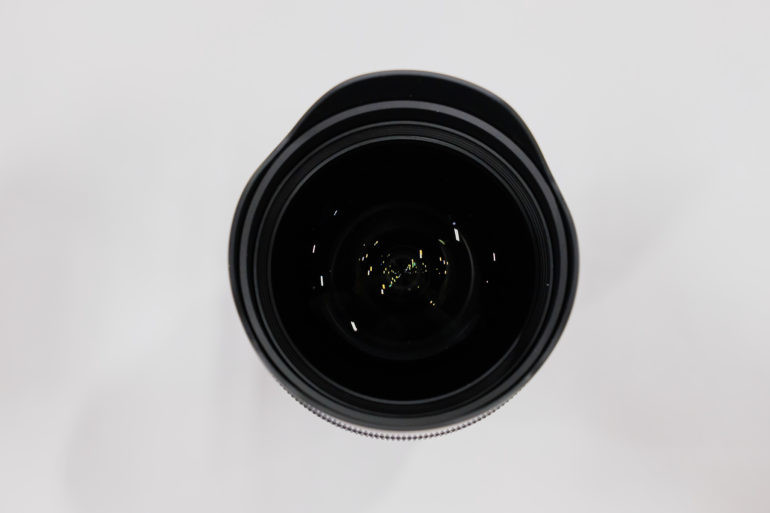
In terms of its ergonomics, the Sigma 14-24mm f2.8 Art looks very similar to its other Art series brothers and sisters. It has an enormous (as you should expect for an ultrawide) front element with a built-in leaf petal lens hood. This means that filters with this lens will be a bit of a pain, but as a consolation, Sigma will be offering hood-replacements (at a cost, of course), which will remove the petal hood in favor of a more filter friendly option.
Just below the built-in hood, you will find the focusing ring for this lens, which looks and functions just as you would expect if you have ever used a Sigma Art lens in the past. In our time with the lens, it felt a little tighter than a normal Art lens, but the Sigma rep said this was likely a combination of the unit we were holding being brand new and also partially due to the added weather sealing on this lens when compared to the other Art series lenses.
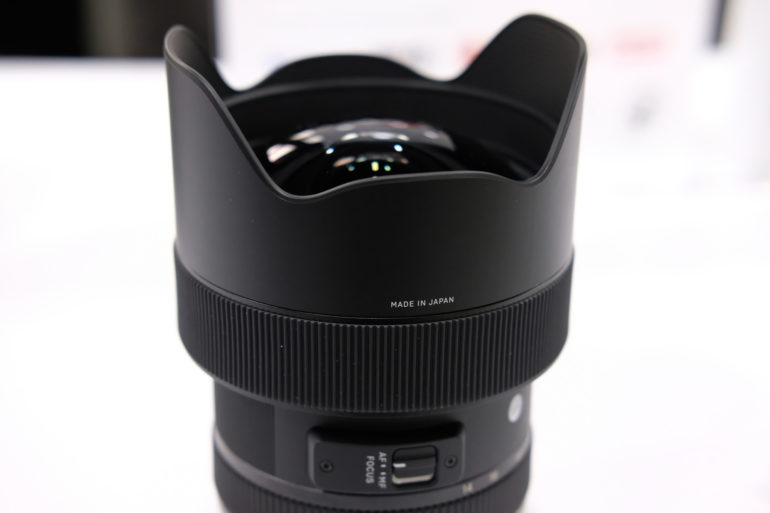
Following the focusing ring, you will find the distance scale, as well as the AF/MF switch. This switch was solid and clicky. It felt good and didn’t have any issues with being accidentally switched. It has that standard Art series lens look with the hand painted button that honestly impresses us every time we see one.
Finally, rounding out the ergonomic tour, at the base of the lens you will find the zoom ring. Similarly to the focusing ring, it looks and functions like other zoom rings in Sigma’s lineup. It may be a tad tighter, for the same weather sealing reasons as noted about the focusing ring. The mount of the lens is classic Sigma, though with the addition of a visible rubber gasket to help with the weather sealing and keeping unwanted moisture and dust from entering through the mount.
Overall, the lens is exactly what we have come to expect from Sigma in terms of ergonomics in their Art Series for years now. We have no complaints at this point.
Build Quality
When using the Sigma 14-24mm f2.8 Art DG, you’ll notice it includes weather sealing at the mount. Additionally, the largest element is of course the front. Much of the body is thin until you get to the head–and here you’ll find the lens hood permanently stuck on. When I took the lens and camera combination out for testing, I found the Sigma 14-24mm f2.8 Art DG to stand up to rain and mist with no problems at all. For sure, the weather sealing works as intended.
Ease of Use
Using the Sigma 14-24mm f2.8 Art DG is pretty much as simple as hooking it up to your camera, letting it focus, and shooting. That’s all. There is an AF/MF switch on the side and that works out pretty well. In practice, I didn’t find that the switch accidentally gets put into a position that I wouldn’t want it in. When you’re using the lens, be sure to just think really big. It may require moving around, but you’ll eventually learn how a 14-24mm lens works. Typically, it’s just fine.


Autofocus
With the Sigma 14-24mm f2.8 Art DG, I found the autofocus to be pretty spot on. In fact with a Metabones Adapter on the Sony a7r III, it’s faster than any connection I’ve had to a Canon camera. The only time that I couldn’t get it to focus was near the end and in an area that was majorly lacking in contrast. I’ll have to give Sigma the credit overall though. Since it’s a wide angle optic, it’s going to be difficult to get anything out of focus to start with.
Image Quality
The Sigma 14-24mm f2.8 Art DG is sharp, contrasty, and overall has nice colors. Many photographers will absolutely adore it. But to me personally, I feel like Sigma’s colors have more or less just become a standard of the industry. That’s saying a lot, but again, very personally I prefer more muted colors and a few more imperfections. This is a lens I couldn’t get any sort of flare with despite it being such a wide angle. I’d prefer the lens flare from something like a Venus Optics wide angle. Here though, there is absolutely none. Some photographers may like that and say they’ll add the flare in post. I prefer to get things in camera the first time around.
So with that said, the Sigma 14-24mm f2.8 Art DG is more or less as technically perfect lens of a lens as you can get your hands on. But as many readers of this site have always known, numbers don’t interest me – results do.
Bokeh
You would think getting any sort of bokeh with a lens like this would be difficult, but it isn’t. The Sigma 14-24mm f2.8 Art DG will let you focus very closely to a subject. So you can indeed get creamy to hazy bokeh that looks nice. But more often than not, I don’t think I’d want to use it simply because of the way that the entire scene looks. This is a lens that is meant to shoot large, grand scenes.
Of course if you want even more bokeh, you should opt for Sigma’s 14mm f1.8 prime lens, their 20mm f1.4 prime lens, etc. Sigma’s primes are always much better when it comes to bokeh.
Chromatic Aberration
As I stated earlier, I found no major issues with chromatic aberration and the Sigma 14-24mm f2.8 Art DG. I genuinely wish that I would’ve been able to get lens flare off of the lens but Sigma suppresses it so hard. There also is no color fringing. Kudos to Sigma I guess if you want a lens without character.
Color Rendition
Sigma’s colors are good and like I said before, I feel like they’ve become an industry standard. I see them and similar coloring from other lenses all the time. I think that most folks will enjoy it.
Sharpness
Now here is where I was really surprised and mounting the Sigma 14-24mm f2.8 Art DG onto the Sony a7r III really made sense. This lens is incredibly, superbly sharp. F2.8 is sharp, but at f5.6 you’ll really, seriously start to see a dramatic improvement. At f11, you’ll top out at sharpness but in order to really see how good the scene is, I recommend ensuring that a big light source like the sun is hitting your subject. Of course, I say this in general: and they’re called specular highlights.
This is where I really start to see where Sigma takes an edge over Zeiss. They’re sharp, budget friendly, weather sealed, have autofocus, and the lenses are more than good enough for most photographers.
Extra Image Samples
Conclusions
Likes
- Weather sealing
- Nice range
- Sigma went with f2.8
- Good build quality
- Solid image quality
- A fantastic price at $1,299
Dislikes
- I personally wanted more lens flare.
Let’s start with a fact: there is probably no single wide angle zoom lens that will be outdoing the Sigma 14-24mm f2.8 Art DG. It has weather sealing; we took it out into the rain and the mist and it resisted the elements with ease. Mind you, we did this with a Metabones adapter onto a Sony a7r III camera. Then there is the build quality. While it isn’t metal, I think Sigma’s choice of the carbon plastic they use is solid here as the lens is quite heavy to hold. Over time I found that the lens can weigh down the camera–at least in this case. You won’t be able to put a filter on the lens due to the design and the integrated lens hood, but in regards to using something like a Neutral Density filter, you’ll be able to rely on how good the sensors of most modern cameras are these days.
Then there are the optics themselves. The Sigma 14-24mm f2.8 Art DG is technically a perfect lens although you’ll surely see some distortion due to the nature of the lens. That distortion is kept to a minimum though and the lens will suppress things like lens flare and so much more. Sigma’s colors are also an industry standard and the bokeh is more than usable in the situation where you may genuinely need it.
I have to give the Sigma 14-24mm f2.8 Art DG our Editor’s Choice award and five out of five stars. Doing anything else would be an injustice.


